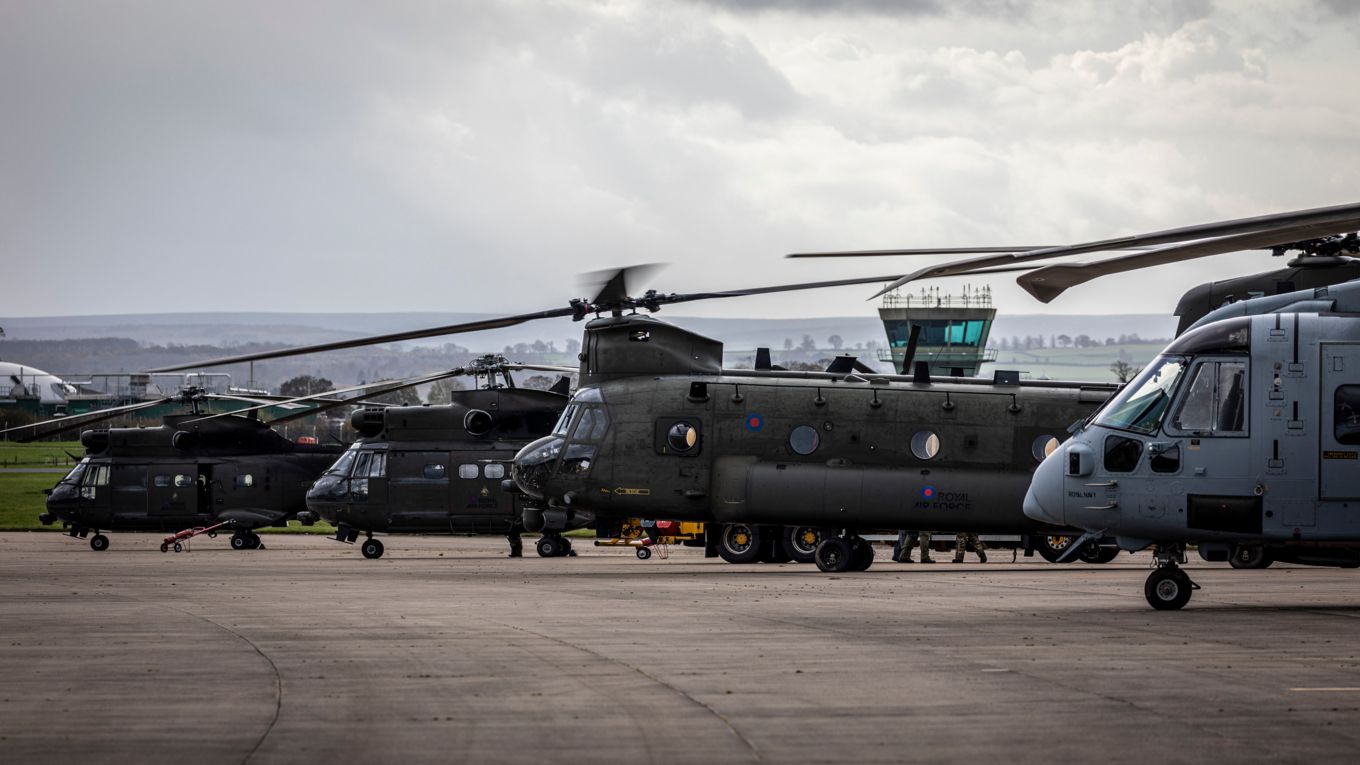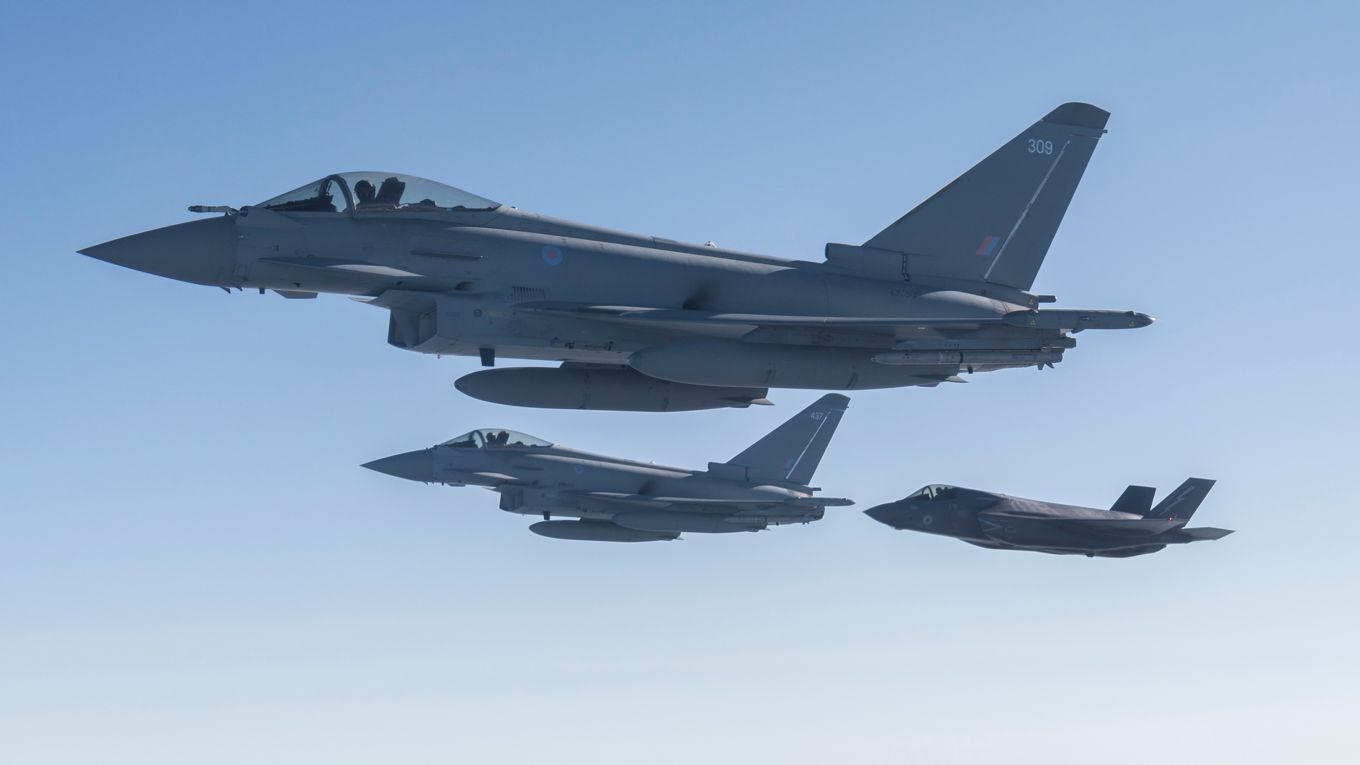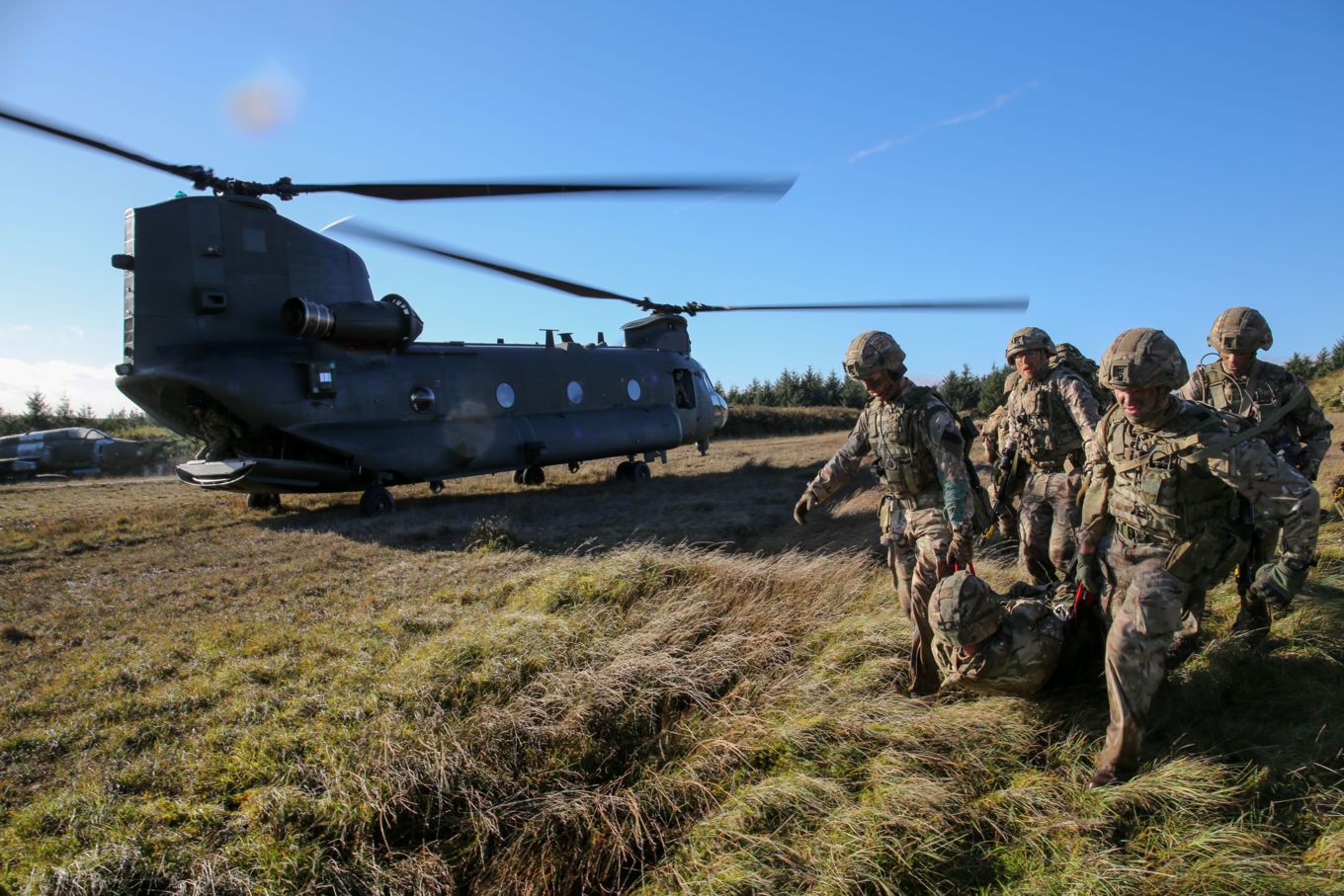
The largest military exercise to be run by the Royal Air Force in the UK for many years has finished after three weeks of complex air activities.
The Exercise, called Exercise Crimson Warrior, involved personnel and aircraft from the Royal Air Force as well as the Royal Navy, British Army, United States Marine Corps and United States Air Force. Fast jets, multi-engine aircraft, helicopters and Unmanned Air Systems operated from Stations across the country.
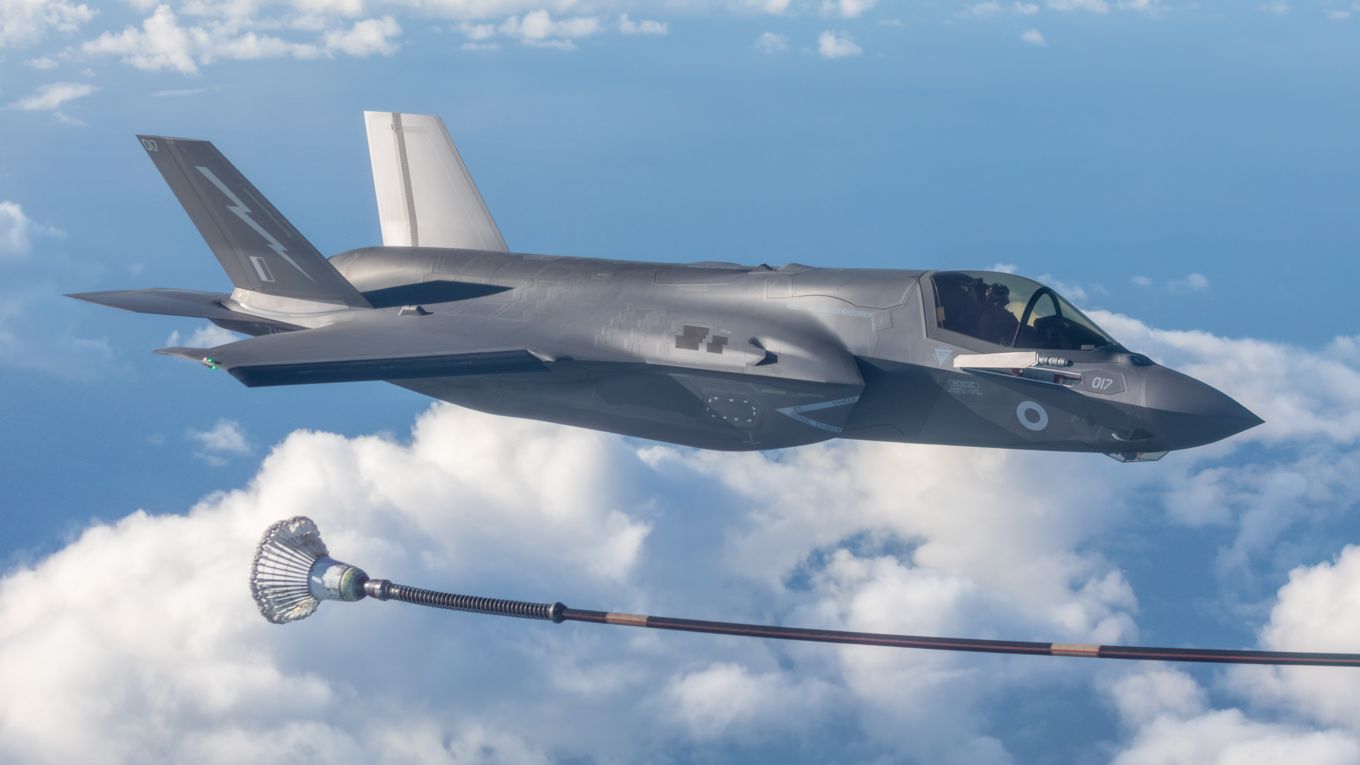
Exercise Crimson Warrior is a development of the regular Cobra Warrior exercises with the addition of missions to support the work up of F-35B Lightnings and helicopters that will form the Carrier Strike Group Air Wing during next year’s operational deployment of HMS Queen Elizabeth.
Incorporating large scale tactical training, the Exercise began on 19th October and involved over 70 aircraft completing a range of missions. The Exercise also marked the end of the long and demanding Qualified Weapons Instructor Courses (QWIC), which train selected personnel to be expert practitioners in their individual warfare speciality or aircraft.
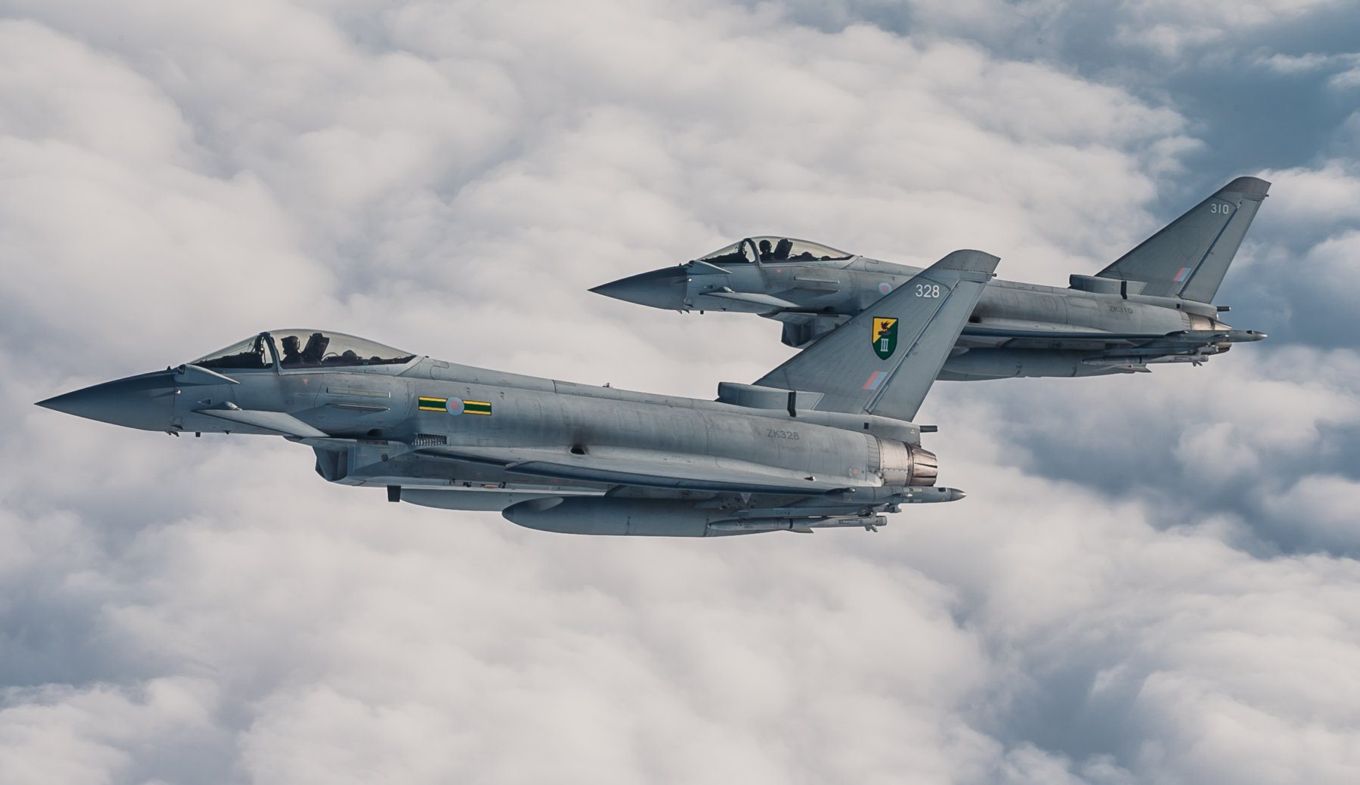
The Typhoon is known as a swing role aircraft; this means pilots must be ready to switch from the air-to-air role to the air-to-ground role during a mission. As future tactics instructors the QWIC students have been tested in both roles in the same mission, with pilots engaging hostile aircraft as they approached their target area; then defending against enemy surface-to-air missiles as they located and attacked the land targets.
“Exercise Crimson Warrior is the UK’s premier live airborne tactical training event of the year and the directing staff from the Air & Space Warfare Centre’s 92 Squadron have taken great pride in delivering this extremely demanding and complex exercise. All the participants have gained valuable experience in the integration of Air and Space power roles. The QWIC students, who have met the exacting standards required during Exercise Crimson Warrior, have proved themselves in the most challenging of environments and are now qualified to join the ranks of the UK Services’ most able tactical leaders and instructors.”
Group Captain Rob Barrett
Exercise Director
The inclusion of the F-35B into Exercise Crimson Warrior challenged and tested the UK Lightning Force and their USMC counterparts in a complex air environment, exploiting the capabilities of the advanced 5th generation aircraft.
“The last few months have seen a period of intensive training for the Squadron having conducted Group Exercise and Exercise Joint Warrior from HMS Queen Elizabeth alongside our USMC and NATO partners.
“To have our colleagues from 211 Squadron USMC embedded with us at RAF Marham has been fantastic and has really enhanced our relationship with them as we put the skills and qualifications that we have gained to the test on Exercise Crimson Warrior, to show that we are ready to deploy on Carrier Strike Group 21 next year.”
Commander Mark Sparrow (Royal Navy)
Officer Commanding 617 Squadron
Lieutenant Colonel Joseph Freshour, the Commanding Officer of VMFA-211 USMC said: “Exercise Crimson Warrior is the last phase of VMFA-211's training in the UK, having validated our interoperability with 617 Squadron aboard HMS Queen Elizabeth. I couldn't be prouder of how the Marines and Sailors of the Wake Island Avengers have performed over the past few months and the successes we have had would not be possible without their incredible effort."
.jpg)
In addition to the fast jets, the Exercise incorporated a huge number or aircraft conducting Qualified Multi-engine Tactics Instructors, QWI Intelligence, Surveillance and Reconnaissance and Qualified Space Instructors Courses. Flying out of RAF Brize Norton, Voyager aircraft conducted routine Air-to-Air Refuelling (AAR) sorties extending the reach of each mission and providing a vital battle planning consideration.
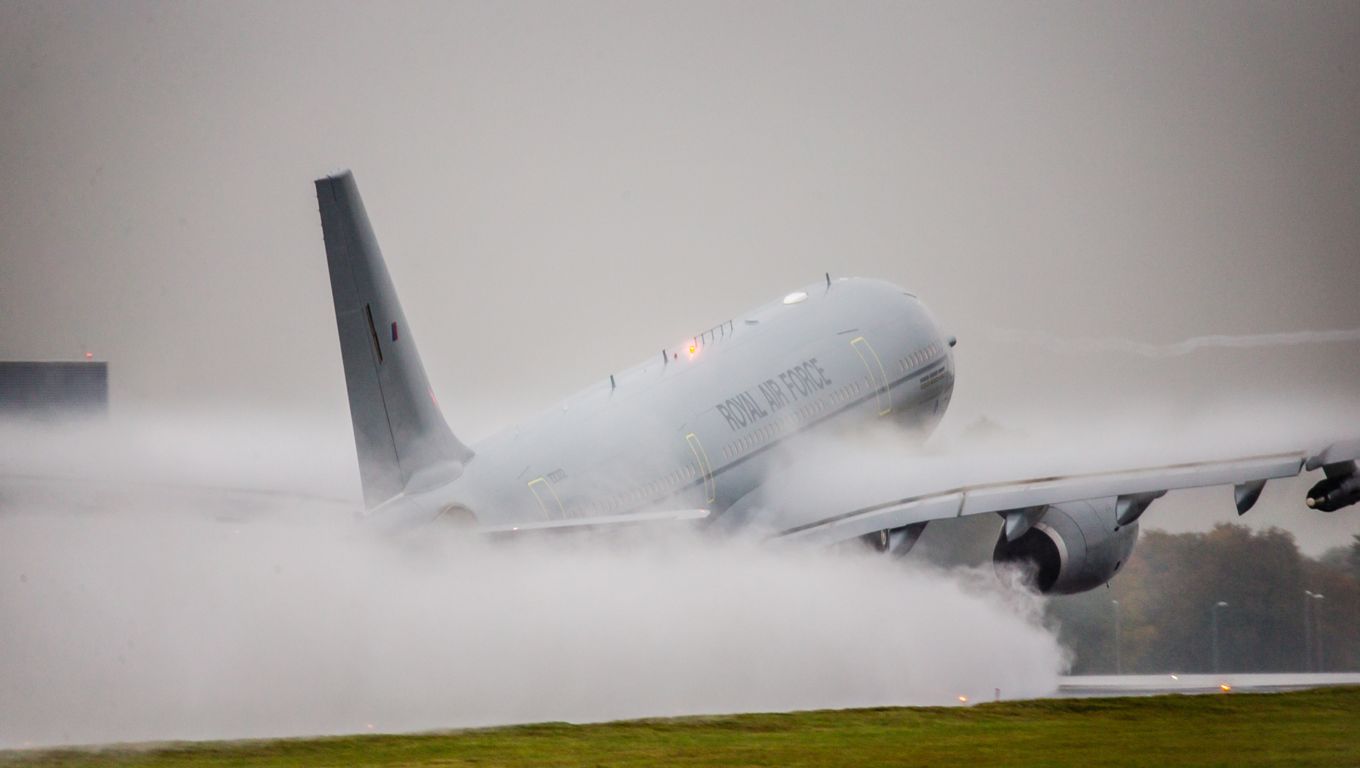
During AAR, fuel is taken from the aircraft’s standard wing and fuselage tanks. The Voyager has the ability to operate a ‘towline’, where they orbit in a prescribed “safe” area waiting out of range of enemy aircraft for “receivers”, or in a ‘trail’, where it flies with a number of fast jets, refuelling them over long ranges while taking responsibility for the formation’s fuel and navigation.
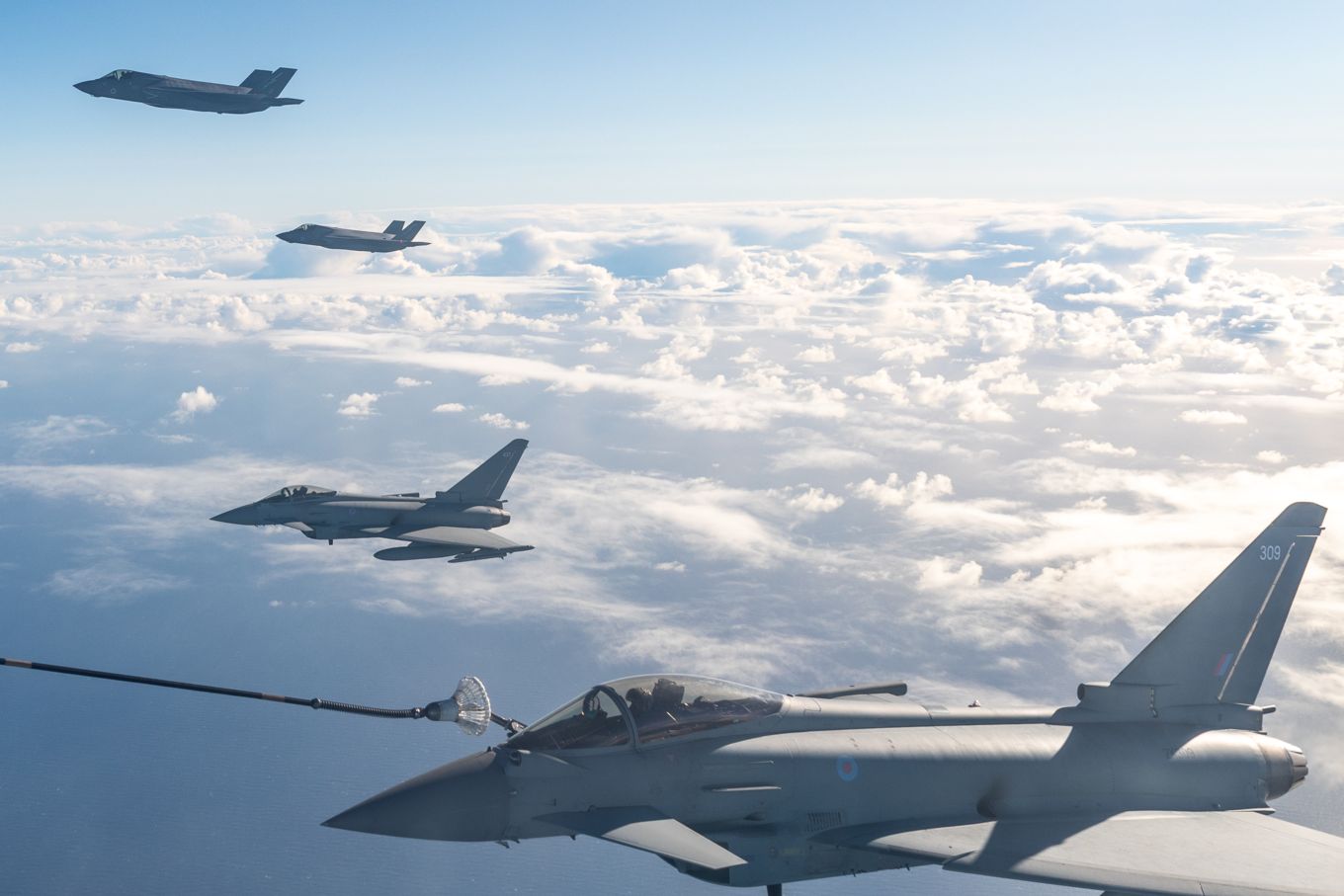
A key part of Exercise Crimson Warrior was to test Joint Personnel Recovery (JPR). Throughout the Exercise RAF Regiment Gunners from 3 Force Protection Wing and 15 Squadron RAF Regiment as part of the Ground Extraction Force (GEF) have trained teams, practicing their skills in Joint Personnel Recovery, working alongside the Chinook Force to react to both deliberate and dynamic “downed aircrew” scenarios. The RAF Regiment was tested against the 5 phases of JPR (Report, Locate, Support, Recover and Re-integrate) whilst being fully integrated into the complex Air / Land environment, including Joint Terminal Attack Controllers and small Unmanned Air Systems to achieve their mission.
.jpg)
The Officer-in-Command of the of the GEFs, Flying Officer Scott Harrison said: “Exercise Crimson Warrior has been a fantastic opportunity to utilise the full spectrum of RAF and Defence assets associated with Personnel Recovery in an environment which we could not hope to replicate at the Wing / Squadron level. Further afield, the skills and lessons learnt during this package stand 15 Squadron RAF Regiment in excellent stead as it works towards GEF validation in April 2021.”
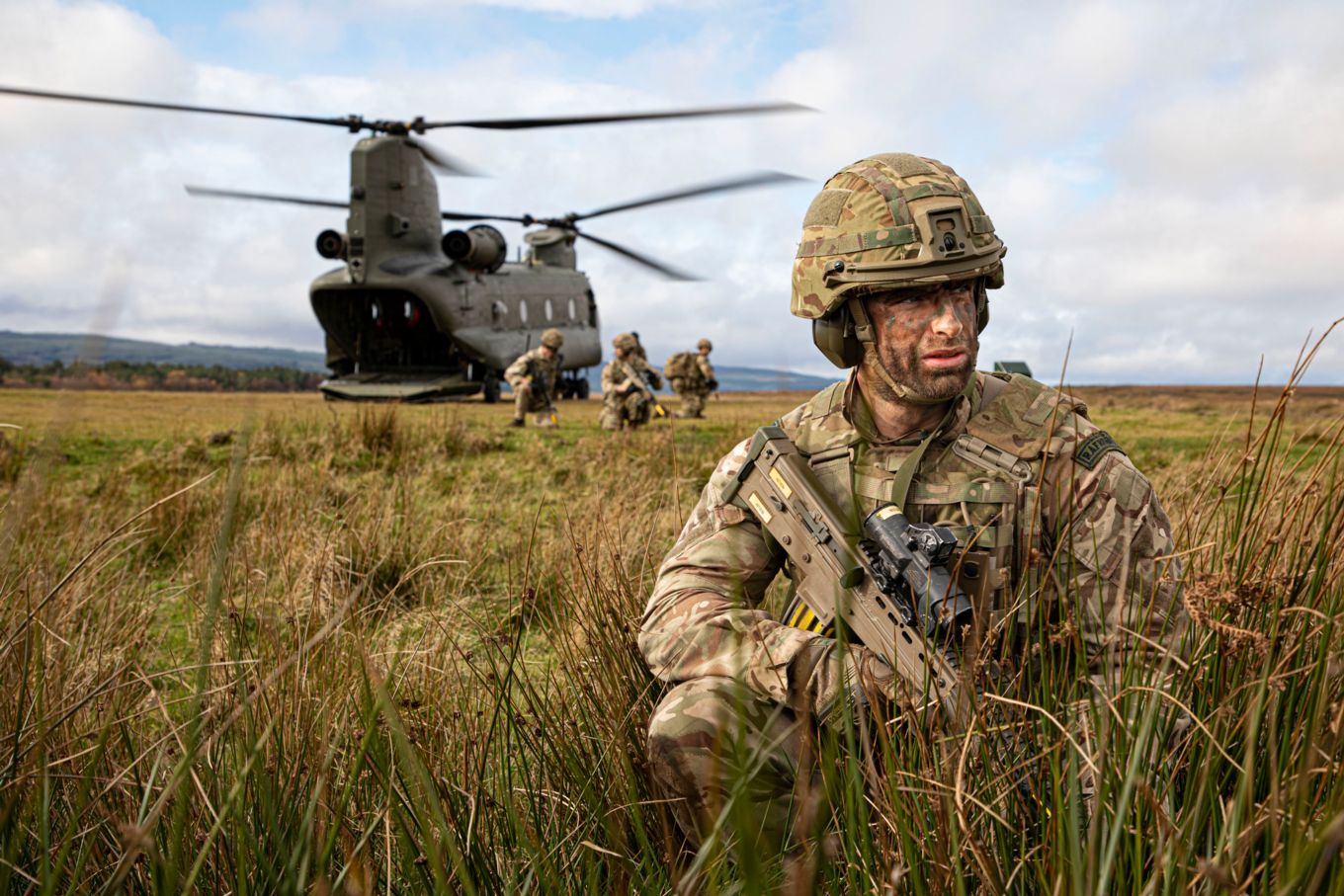
As well as supporting JPR serials, Joint Helicopter Command provided a formidable rotary package to the Exercise, combining both land and maritime training scenarios. The congested air picture tested training tactics and procedures of its aircrew across the third week of Exercise Crimson Warrior where a combination of Royal Navy Wildcat and Merlin were joined by RAF Chinook and Puma at RAF Leeming in the first wave of close cooperation.
